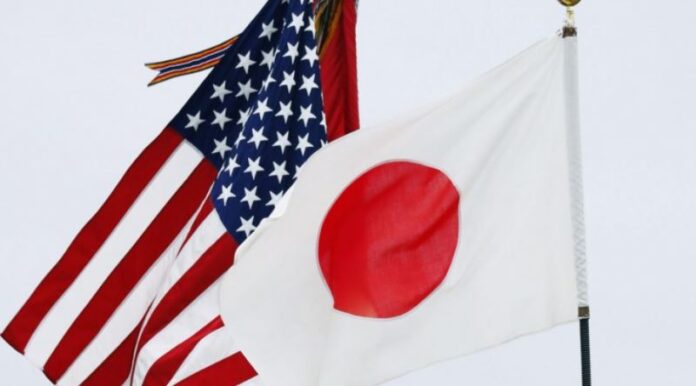The United States declared on Wednesday that it will work with Japan to export small nuclear reactor technology to Ghana, with both nations promoting this advanced method of power generation to help other countries meet their clean energy goals, according to Kyodo News.
In a first step to support the deployment of a so-called small modular reactor in the West African country, a feasibility study is planned by companies including Japanese heavy machinery maker IHI Corp. and plant builder JGC Corp. as well as NuScale Power LLC, a US-based developer of small modular reactors.
The small modular reactors have a capacity of up to 300 megawatts per unit, about a third of the capacity of large conventional reactors. According to the International Atomic Energy Agency, these reactors can be factory assembled and transported to a site for installation.
Japan, the United States and South Korea agree to strengthen deterrence against North Korea
Through the project, Ghana will have the opportunity “not only to demonstrate its leadership in advancing energy security and climate action globally, but also to establish itself as a regional center of excellence in Africa for the deployment of innovative nuclear technologies.” » said the US State Department.
The department also said that the United States, Japan and Ghana are committed to “upholding the highest standards of nuclear safety, security and nonproliferation.”
In 2021, the United States launched an initiative to support the use of small modular reactor technology. Countries including Japan, Britain, Estonia, Ghana, the Philippines, Romania, South Korea and Ukraine are also participating in the initiative, according to a joint statement released in August this year.
More than 80 small modular reactor designs are under development in 19 countries and the first such units are already in operation in China and Russia, the IAEA said in August.




![[Img #74664]](https://thelatestnews.world/wp-content/uploads/2024/12/James-Watson-The-controversial-genius-behind-the-double-helix-150x150.jpg)







